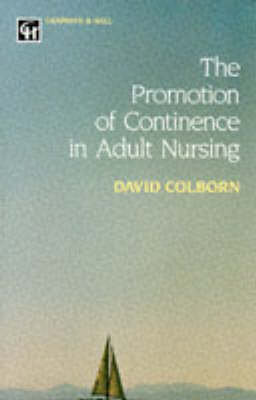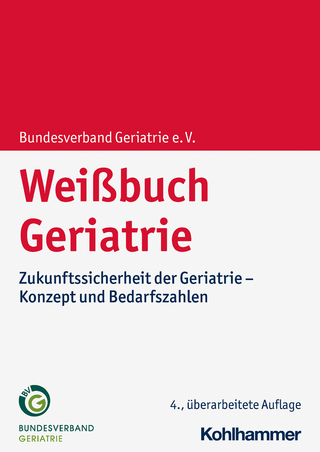
The Promotion of Continence in Adult Nursing
Nelson Thornes Ltd (Verlag)
978-0-412-49460-4 (ISBN)
- Titel ist leider vergriffen;
keine Neuauflage - Artikel merken
Nurses have a central role to play in the field of incontinence. Loss of urinary and faecal control is a very significant source of misery for sufferers and, although there are no simple solutions to some problems, others are sometimes easily manageable. This reference text provides: practical guidelines to enable all nurses to develop a full range of knowledge and skills; research and rationale based information; and a problem solving approach to care. Promotion of continence requires few skills which nurses do not already possess. The author applies the existing principles of nursing practice to this problem where nurses can be crucial to the quality and autonomy of individual lives. A Department of Health study in the UK concluded that, in up to 70% of cases, it is possible to help 70% of patients regain full continence. Written for trained nurses at every level, in the community and in hospital, lecturers in nursing and their students should also find this practical book a valuable resource.
Part 1 Defining the problem: the role of the nurse in continence promotion; the role of the continence advisor; defining incontinence; the prevalence and cost of incontinence; attitudes of incontinence. Part 2 Urine production and the physiology of micturition: anatomy and physiology of the urinary tract; the physiology of urine production; factors affecting urine production; the physiology of micturition; the effects of ageing on the bladder and micturition. Part 3 Assessment of the individual: the importance of assessment; multidisciplinary involvement; the assessment process; initial assessment of physical aspects; psychological assessment; assessment chacklists; invasive procedures and urodynamic investigations. Part 4 Frequency and urgency: common causes of frequency and urgency and related physiology; causes of irritation to the bladder and urethra; bladder training. Part 5 Leakage on exertion: causes of leakage; anatomy and physiology related to leakage on exertion; retraining of the pelvic floor muscles; starting an exercise programme; aids to pelvic floor training; aids for the management of stress incontinence; leakage during sexual intercourse. Part 6 Dribbling and difficulty in voiding: outflow obstruction; urinary problems associated with prostatic enlargement; physiology of atonic bladder; intermittent self-catherization; non-invasive voiding techniques; surgical interventions for outflow obstruction; management of outflow obstruction by long-term indwelling catheter. Part 7 Lack of awareness of the need to void: reflex bladder emptying; inability to recognize the appropriate time and/or place to void; unable to express the need to void; behavioural incontinence; drug induced incontinence; nocturnal enursesis. Part 8 Faecal incontinence: anatomy and physiology of the lower gastro-intestinal tract; assessment in faecal incontinence; constipation; faecal incontinence related to constipation; diarrhoea; diarrhoea and incontinence; nursing interventions for faecal incontinence; medical management of faecal incontinence. Part 9 Other considerations: environmental and social factors; clothing; sex and incontinence; aids for the management of incontinence; types of aid available; re-useable products. Part 10 Starting a programme: factors affecting motivation; education; budgetary implications. Appendices: abnormalities of urine; useful addresses.
| Erscheint lt. Verlag | 5.5.1994 |
|---|---|
| Zusatzinfo | 30 line illustrations, index |
| Verlagsort | Oxford |
| Sprache | englisch |
| Maße | 136 x 212 mm |
| Gewicht | 200 g |
| Themenwelt | Medizin / Pharmazie ► Medizinische Fachgebiete ► Geriatrie |
| Medizin / Pharmazie ► Pflege ► Altenpflege | |
| ISBN-10 | 0-412-49460-4 / 0412494604 |
| ISBN-13 | 978-0-412-49460-4 / 9780412494604 |
| Zustand | Neuware |
| Haben Sie eine Frage zum Produkt? |
aus dem Bereich


